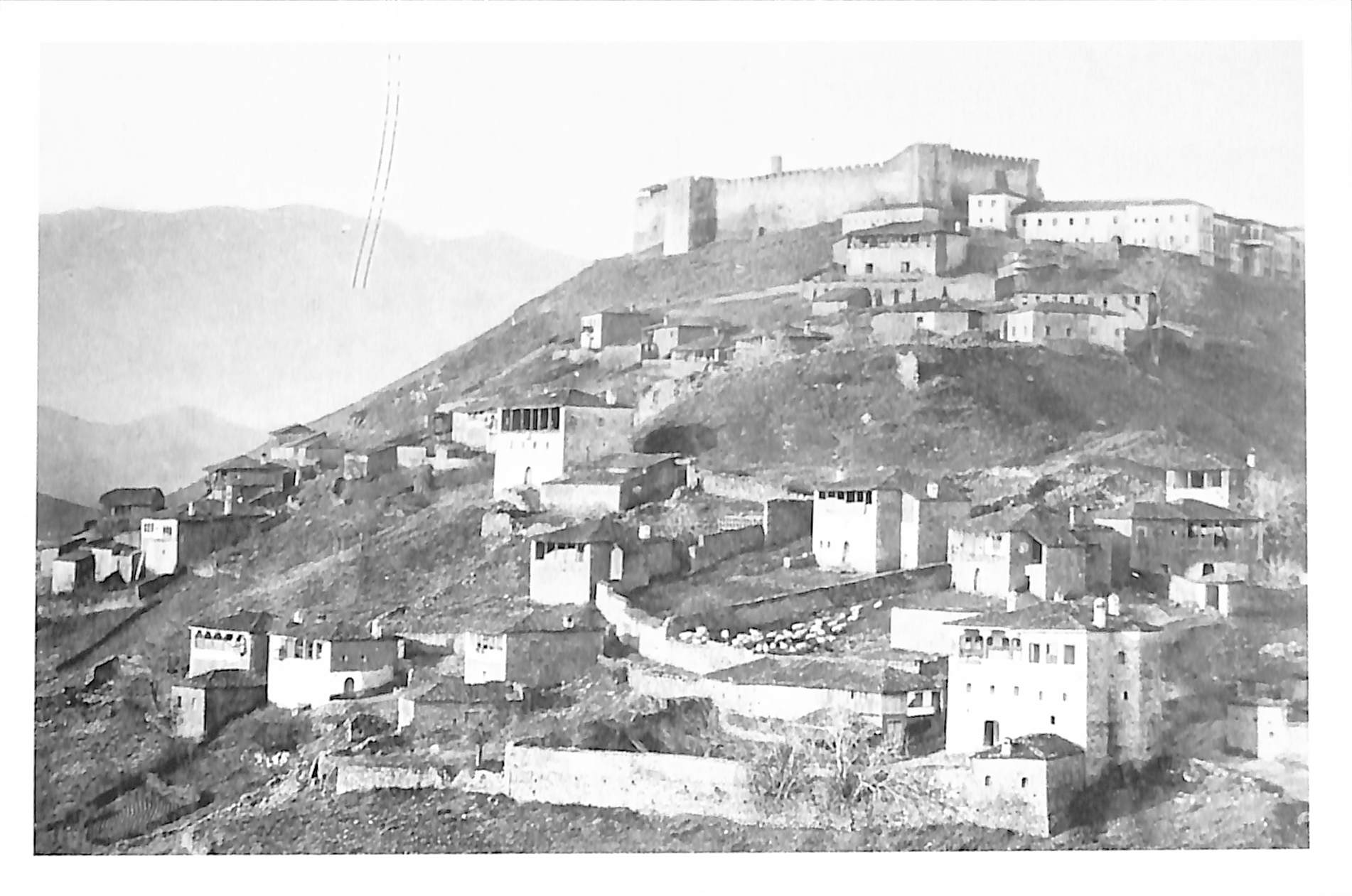
4/29/2025 10:03:55 AM
The Byzantine Castle of Fanari, Karditsa
The settlement of Fanari in Karditsa is located approximately 16 km south of Trikala, on a hill visible from afar. The first reference to Fanari is found in an imperial chrysobull of 1289. The Byzantine town of Fanari is frequently mentioned in sources throughout the 14th century. Built in a naturally fortified location, it gained particular strategic importance during the Late Byzantine period, as it stood at the exit of one of the communication routes between Epirus and Thessaly, controlling particularly the road from Trikala to Arta. For the same reasons, the Ottomans made Fanari their base throughout their rule, and by the 15th century, it became the seat of a bishopric. The Byzantine Castle of Fanari, which dominates the settlement, is a small fortification covering 2.6 hectares. It is reinforced with six projecting towers, with the southern tower being particularly strengthened. The castle had two entrances: a main one on the south side and a secondary one on the north. The diameter of the fort is approximately 100 meters. Inside, there are the ruins of two cisterns, a vaulted gunpowder magazine, a mosque built on top of an earlier building with a bathhouse, and a two-room structure near the entrance for the needs of the garrison. Today, it is an accessible monument under the auspices of the Archaeological Service. Pictured: A panoramic view of Fanari, Karditsa, with the Byzantine castle of the village in the background in 1884. ©Municipal Photography Museum of Kalamaria ‘Christos Kalemkeris’.

